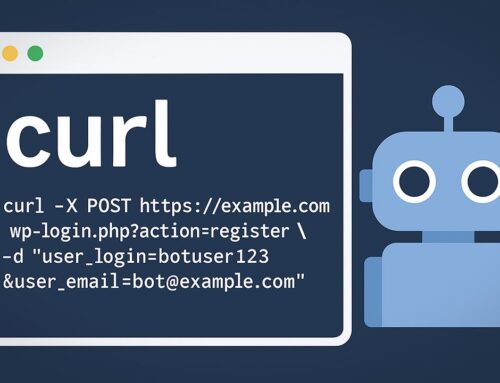The Difference Between CSS and CSS3
CSS (Cascading Style Sheets) is a cornerstone technology that controls the presentation and layout of web pages. Since its inception in 1996, CSS has undergone numerous updates, with CSS3 being one of the most significant advancements. But what exactly differentiates CSS from CSS3?
Our article aims to provide a clear understanding of how CSS and CSS3 vary, diving into the core differences between them. We’ll explore their individual features, how they have evolved over time, and the impact of these changes on web design. By the end of this article, you’ll be well-equipped to identify when and why to use CSS or CSS3, and you’ll have a deeper appreciation of how CSS3 revolutionized front-end development.
Table of Contents
- What is CSS?
- What is CSS3?
- Key Differences Between CSS and CSS3
- Top 5 Frequently Asked Questions
- Final Thoughts
- Resources
What is CSS?
CSS, or Cascading Style Sheets, is a stylesheet language used to describe the look and formatting of a web document written in HTML or XML. Introduced by the World Wide Web Consortium (W3C) in the mid-1990s, CSS allows developers to separate content from design, simplifying the overall structure of a website. The power of CSS lies in its ability to apply consistent styling across multiple web pages, controlling everything from fonts and colors to spacing and positioning.
Prior to CSS, web design was often done directly within HTML, which led to bloated and difficult-to-manage code. CSS brought structure, efficiency, and flexibility, giving developers greater control over their designs.
What is CSS3?
CSS3 is the latest evolution of the CSS language and was introduced to address limitations in previous versions. It builds upon the foundation laid by earlier iterations of CSS, but it introduces several new features that make modern web design more dynamic, responsive, and interactive.
Unlike earlier versions of CSS, CSS3 is modular, meaning new features are categorized into separate modules, each of which can be updated independently. This modularity has led to faster development cycles and a more flexible approach to implementing new features.
Key innovations in CSS3 include advanced selectors, media queries for responsive design, animations and transitions for richer interactions, and layout improvements like flexbox and grid systems.
Key Differences Between CSS and CSS3
Modules
One of the biggest differences between CSS and CSS3 is the concept of modularity. In CSS, updates affected the entire specification, which could be cumbersome and time-consuming. CSS3, on the other hand, is divided into modules, such as Selectors, Box Model, Backgrounds, and Borders. This allows for individual updates to specific sections without requiring changes to the entire language. For example, the “Flexbox” module was added independently of other updates, streamlining the introduction of this powerful layout tool.
New Selectors
CSS3 introduced new selectors that were not available in earlier versions of CSS. Selectors like :nth-child(), :nth-of-type(), and ::before/::after pseudo-elements enable developers to target elements with greater specificity. These additions give more granular control over page styling, reducing the need for JavaScript and simplifying the overall codebase.
Media Queries
CSS3’s media queries have arguably had the most profound impact on web development. Media queries allow developers to create responsive designs that adapt to different screen sizes and devices. With the growing use of mobile devices for browsing, CSS3 made it easier to ensure a consistent user experience across phones, tablets, and desktops without the need for separate stylesheets.
Animations and Transitions
CSS3 brought life to web pages through animations and transitions. In earlier versions of CSS, developers had to rely heavily on JavaScript to animate elements. CSS3 introduced properties like transition, animation, and transform, allowing for smooth animations with less code and better performance. These features are now critical for creating visually appealing, interactive user interfaces.
Improved Layouts
CSS3 introduced new layout techniques like Flexbox and Grid, both of which offer powerful ways to create complex layouts without the need for floating elements or complex positioning. Flexbox provides a flexible container model for distributing space within an interface, while CSS Grid offers a two-dimensional grid system for placing elements precisely. These advancements provide more flexibility and control than the earlier box model used in traditional CSS.
Top 5 Frequently Asked Questions
Final Thoughts
The most important takeaway from this article is understanding that CSS3 is an extension of CSS, not a replacement. While CSS3 adds powerful new tools like animations, media queries, and more advanced selectors, it still relies on the core principles of CSS. Developers can now create dynamic, responsive websites with cleaner code, and the modular approach of CSS3 ensures that it can continue to evolve efficiently in the future. Whether you’re optimizing for mobile devices, designing complex layouts, or improving user interaction with animations, CSS3 has become indispensable in modern web development.
Resources
- W3C – CSS Specification
- MDN Web Docs – CSS
- Can I use – CSS3 Browser Support
- CSS Tricks – A Complete Guide to Flexbox









Leave A Comment